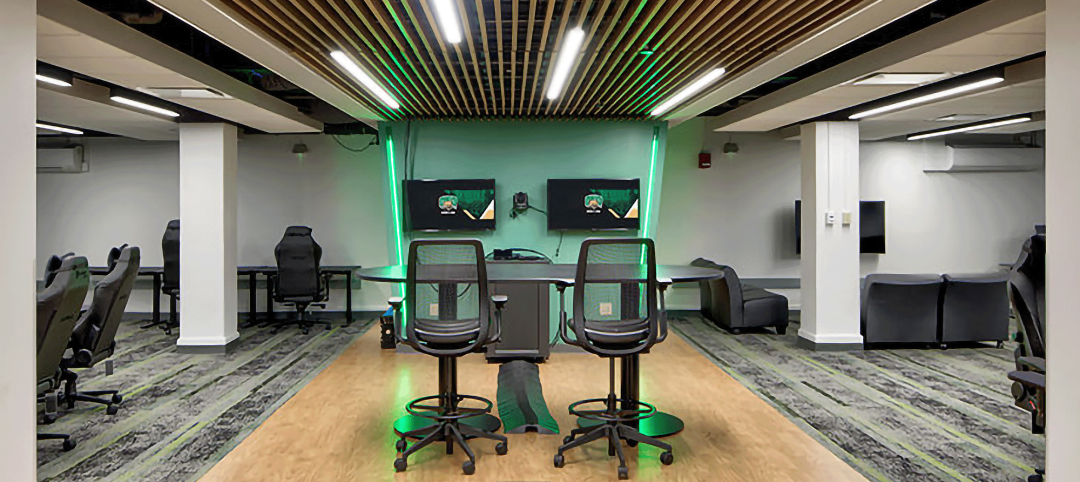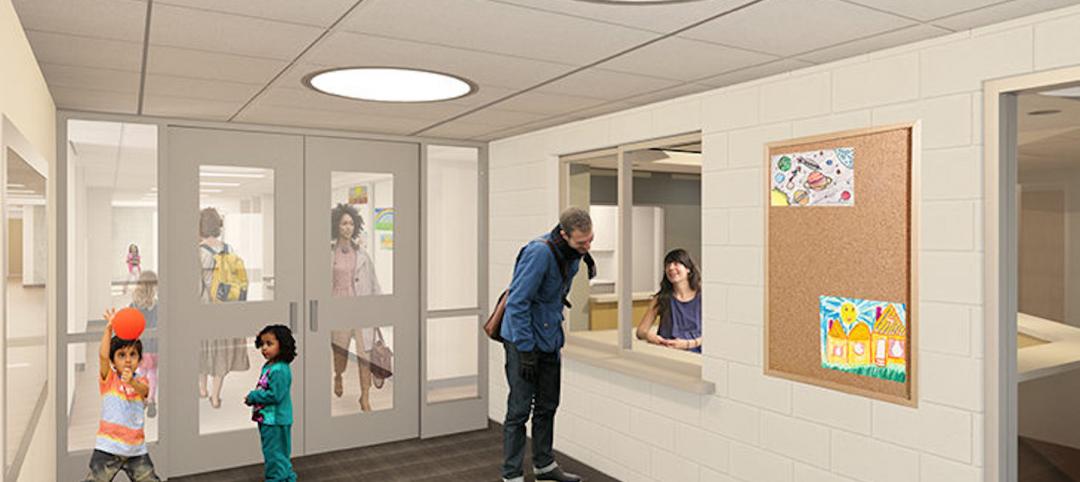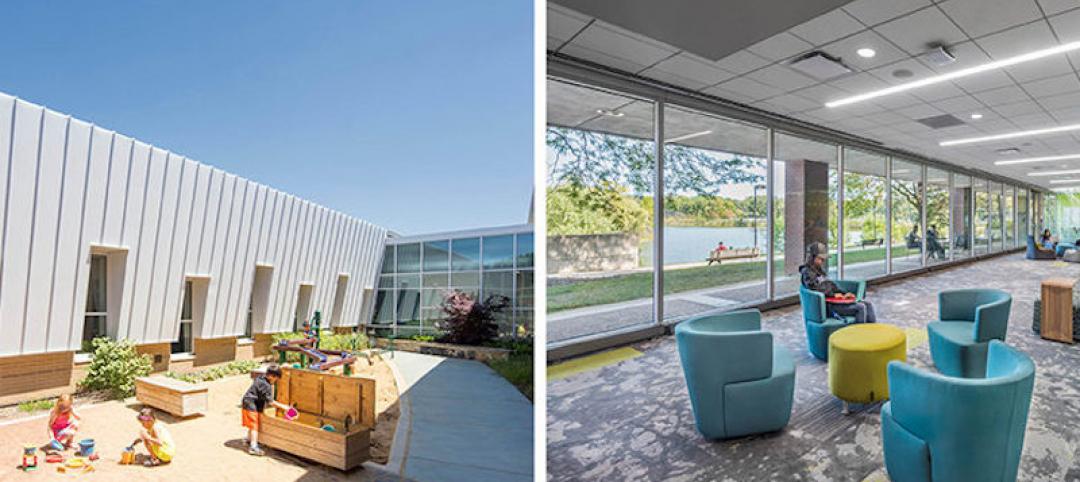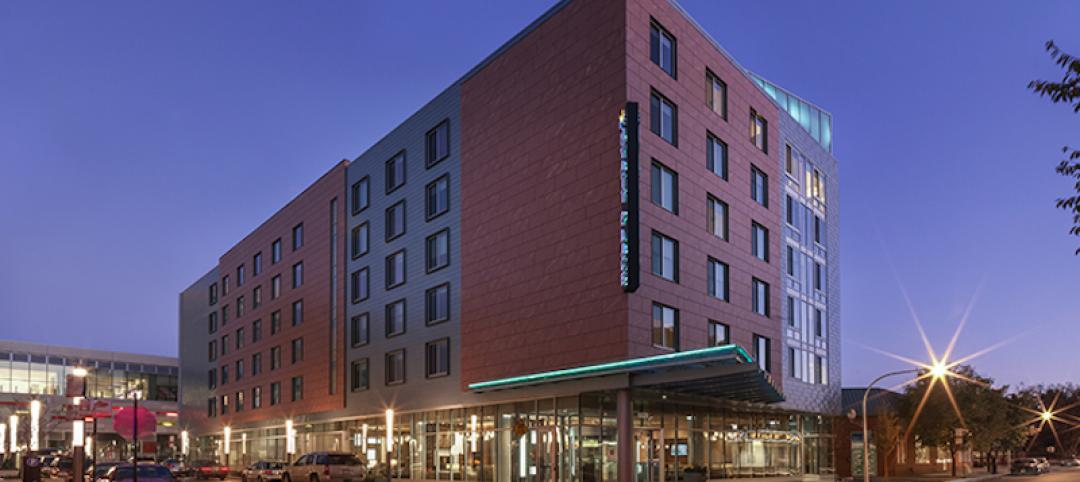As of December 2022, 41 states and Washington, D.C. require school districts to offer kindergarten, but only 19 states and D.C. require children to attend kindergarten, according to The Education Commission of the States.
There is no debate about the educational value of kindergarten and early intervention in children’s lives. Learn more from Imagine Nation Center about some of the skills and development opportunities that kindergarten provides.
The real debate centers around the financial implications of expanding kindergarten. Increasing kindergarten offerings, whether half-day or full-day, means hiring more staff, which is a huge long-term investment for districts that have already maximized their budgets.
Many districts feel pressure to increase kindergarten enrollment—and to do so quickly. But how can they accommodate this growth in the most cost-effective manner? Following are a few considerations for districts that find themselves on the brink of kindergarten expansion.
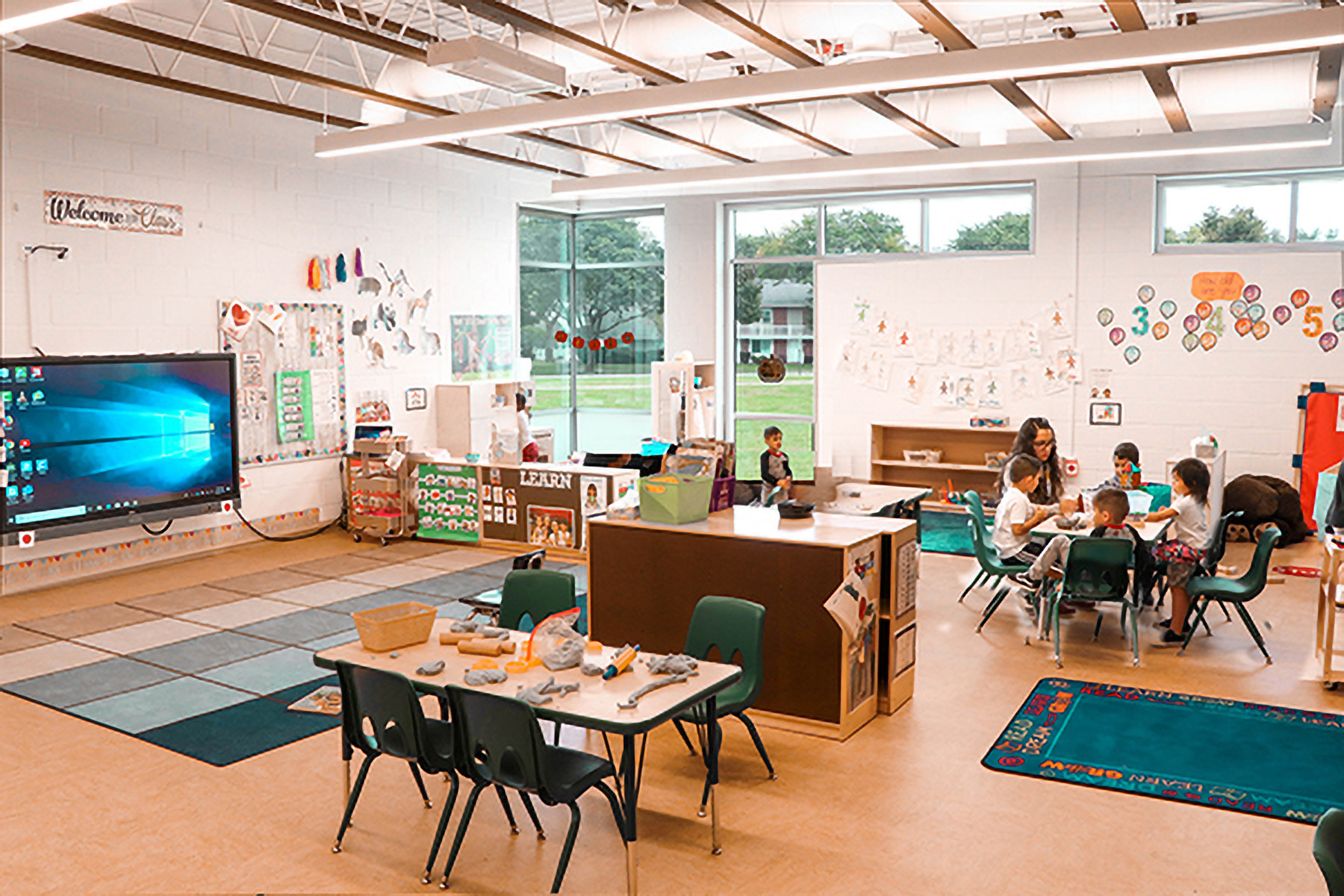
Renovation vs. New Construction
The investment and schedule of new construction can be daunting, so districts’ first thought might be to renovate existing space. Either way, districts should start with a program document that shows how many classrooms are needed now and in the future.
Here is a hypothetical yet common scenario: an elementary school district needs to add kindergarten space. An addition is off the table for this year, so the district has decided to retrofit three fifth-grade classrooms into kindergarten rooms. The fifth graders move into temporary classrooms. This Band-Aid solution offers the lowest first-time cost, but it might not be the best long-term solution.
The first thing the district should keep in mind is that kindergarten classrooms require more space. Thus, those three 800-sf fifth-grade classrooms transform into two 1,200-sf kindergarten classrooms. The extra space allows for hands-on learning zones (e.g., quiet, wet, messy, building, etc.) where students can explore based on their curiosities.
Making those former fifth-grade classrooms more developmentally suitable for kindergarteners will also require adding single or shared toilet rooms and intervention space for services such as occupational, physical, and speech therapy.
Since fifth graders are about a foot taller than kindergarteners, our hypothetical renovations will also have to respond to height differences. Are the window and countertop heights appropriate? What about whiteboards and tackboards? Furniture is a major discussion. Kindergarteners need tables that not only fit their stature but also can be quickly moved around to accommodate different group sizes. And because they are not as patient and self-aware as older students, kindergarteners will benefit from furniture that respects their need to rock, recline, or even wobble.
Expansion as a Long-Term Solution
Renovations to add kindergarten classrooms may seem like the most cost-effective option, but new construction often proves to be a better long-term investment. For districts that can afford this route, it takes time to plan for an addition or design a new kindergarten center—it’s not as simple as plunking down a double-loaded corridor with standard-sized classrooms.
Kindergarteners need larger spaces with more play-based opportunities than classrooms intended for older students. All-day kindergarten may also require additional cafeteria and gymnasium space. Planning allows for the required amenities for these younger learners and supports their intellectual and emotional growth.
An addition to an existing structure often emerges as the most long-term cost-effective solution for districts seeking to expand kindergarten offerings.
First, the addition eliminates the need to displace students (and possibly erect temporary classrooms) that comes with renovations. Additionally, building a kindergarten expansion not only avoids expensive plumbing upgrades and wasted resources, but it also allows for classrooms customized with all the appropriate kindergarten elements discussed above.
In contrast to the brand-new standalone facility, the kindergarten addition offers cost-saving connections: access to existing utilities (HVAC, water, power, etc.), existing services (occupational/speech therapists, transportation, etc.), and shared spaces (cafeteria, gym, library, etc.).
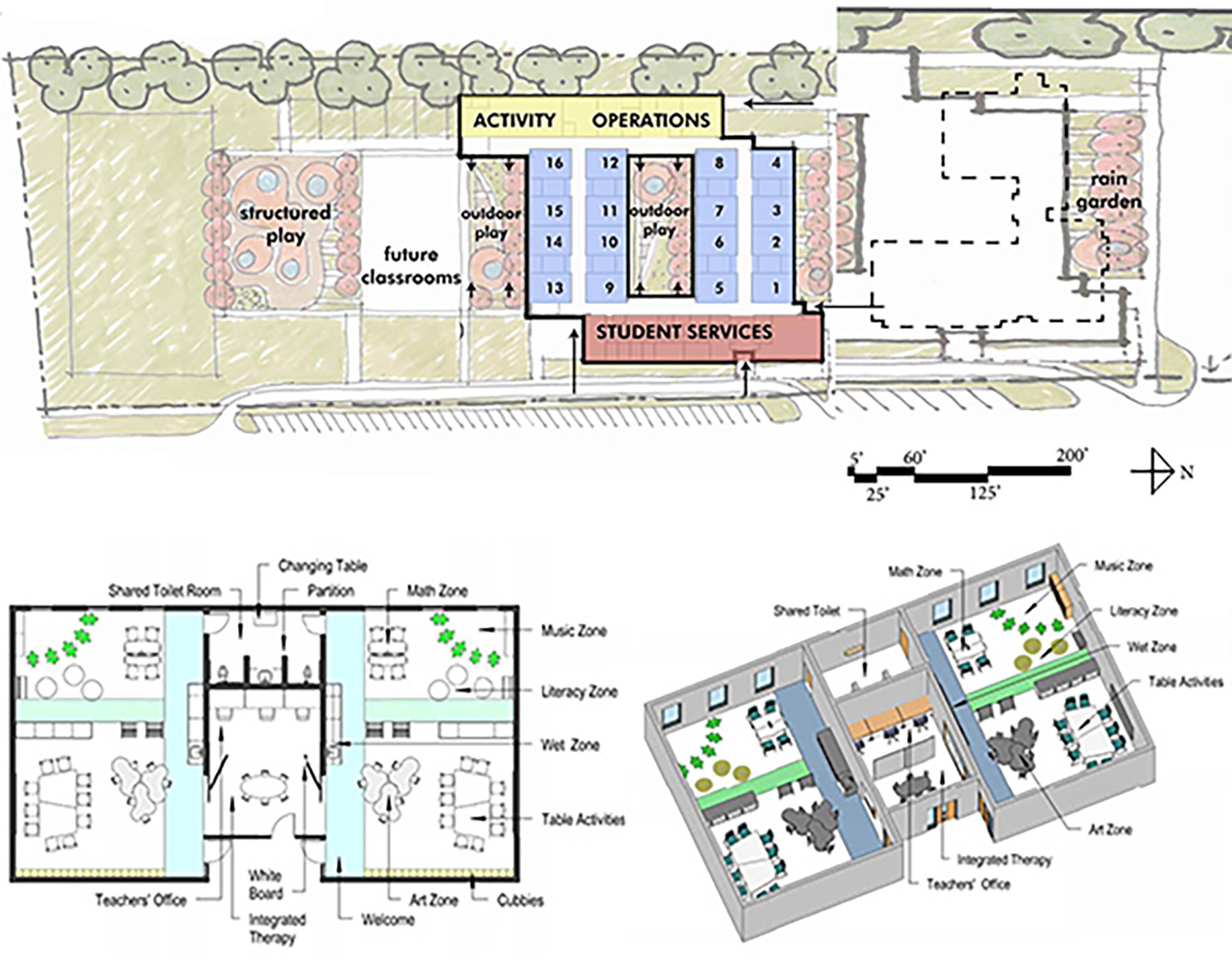
Start With a Test Fit To Get a Rough Cost Estimate
Districts considering expanding their kindergarten facilities should start with a test fit from an educational architect. After listening to your goals, challenges, and budget, the architect can create a quick plan that shows potential work. It doesn’t have to take much time or include fancy sketches or renderings—this can be purely a functional overview.
If the work involves an addition, a test fit plan shows how the potential project fits on the site and connects to the existing facility. If the project is a renovation, the test fit demonstrates how the old space will be reconfigured to meet the needs of the smaller learners.
Community Partnerships
Another potential path for districts seeking kindergarten growth is developing partnerships with local organizations. This would be especially beneficial for full-day kindergarten; many children who attend half-day kindergarten go somewhere other than home for the other half of their day.
Dedicated classrooms at the local park district facility or YMCA, for instance, would release some of the financial burden on districts and ease some of the transportation pressures on parents.
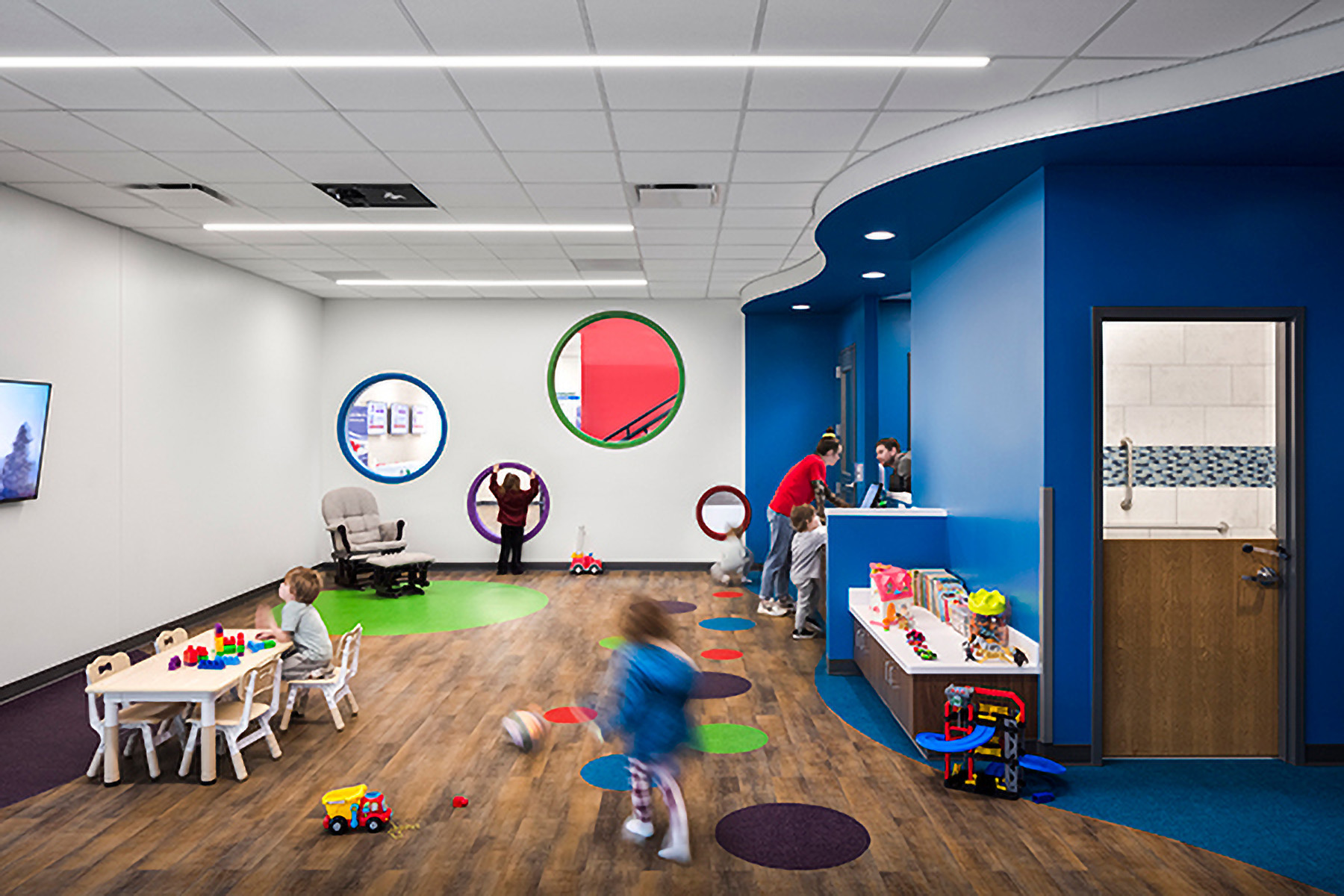
Contact us for kindergarten classroom questions or a test fit, or comment below to share your thoughts on this post.
More from Author
Legat Architects | Feb 9, 2024
Disability and architecture: ADA and universal design at college campuses
To help people with disabilities feel part of the campus community, higher education institutions and architects must strive to create settings that not only adhere to but also exceed ADA guidelines.
Legat Architects | Dec 19, 2022
Ohio University’s OHIO Esports Arena redefines video gaming
If a college student enjoys film studies, there is probably a place on campus where they can join other film buffs. But where can students who like video games go?
Legat Architects | Nov 30, 2022
10 ways to achieve therapeutic learning environments
Today’s school should be much more than a place to learn—it should be a nurturing setting that celebrates achievements and responds to the challenges of many different users.
Legat Architects | Jun 20, 2022
An architectural view of school safety and security
With threats ranging from severe weather to active shooters, school leaders, designers, and security consultants face many challenges in creating safe environments that allow children to thrive.
Legat Architects | Apr 6, 2021
Architecture and daylight: Planning strategies for energy-efficient buildings
Energy efficient, healthy, and affordable: the predictable nature of seasonal daylight geometry makes it one of the first topics to be considered when undergoing any design project.
Legat Architects | Jul 28, 2017
Achieve hospitality architecture that impresses – Multigenerational appeal, local connections
Did guests get the experience that they paid for? This question has long haunted hotel operators.
Legat Architects | May 16, 2017
Architecture that helps children fall in love with the environment
The coming decades present a major ecological challenge... so let’s encourage the next generation to do something about it!
Legat Architects | Mar 30, 2017
Train station architectural design fundamentals: Accessibility
If safety is the number one priority for train stations, then accessibility comes in at a close second.



